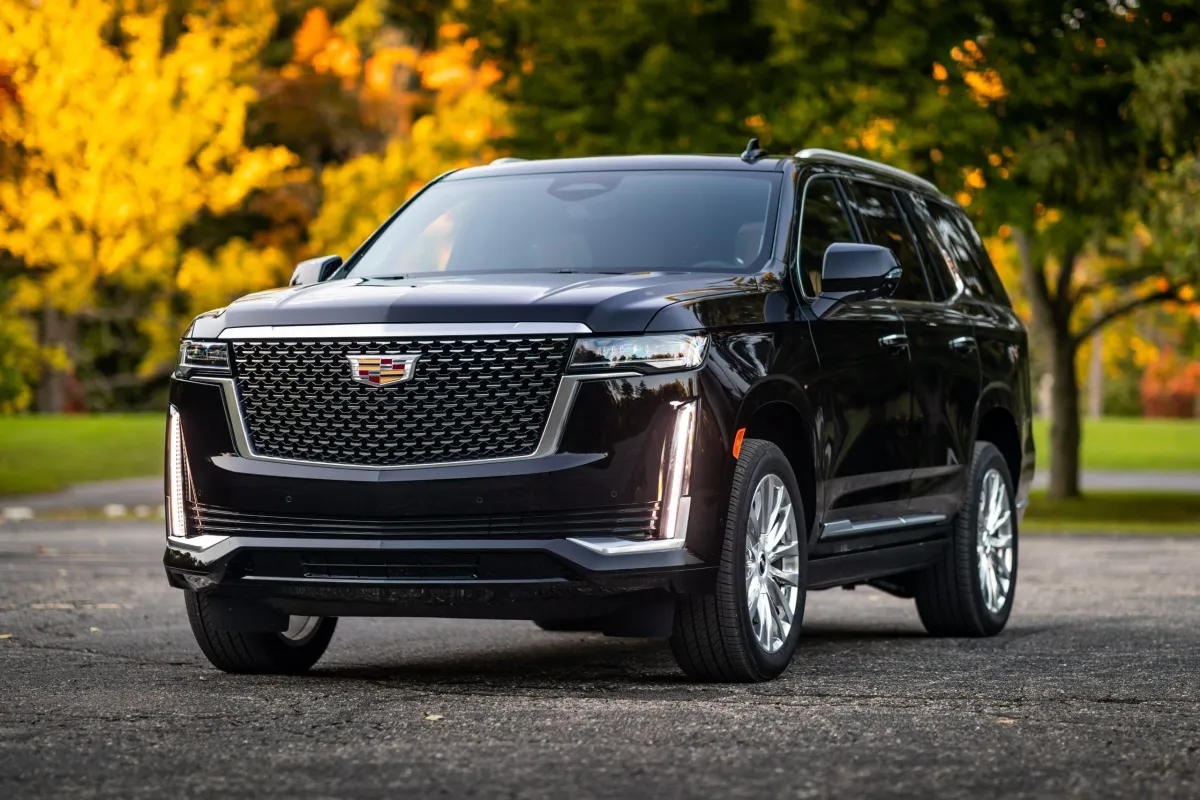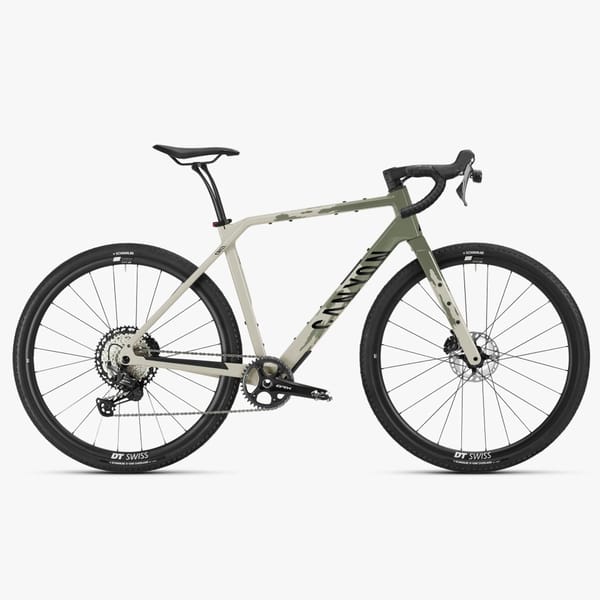The Increasing Size of Vehicles: Concerns for Cyclists and Pedestrians

The increasing size of vehicles, particularly SUVs and trucks, has become a significant concern for cyclists and pedestrians. Recent research, including a study by the Insurance Institute for Highway Safety (IIHS), reveals that vehicles with taller, more vertical front ends pose a greater risk to pedestrians.
This trend, partly driven by changes in Corporate Average Fuel Economy (CAFE) standards and the so-called ‘safety arms race’ in vehicle size, has profound implications for road safety and environmental impact.
The IIHS Study: A Deep Dive
The IIHS study analyzed 17,897 pedestrian crashes and found that vehicles with hoods more than 40 inches off the ground were significantly more likely to cause pedestrian fatalities.
The design of these vehicles, often taller and with more vertical front ends, results in more severe injuries, particularly to the head and torso. The study concludes that the increasing prevalence of such vehicles is a contributing factor to the rise in pedestrian deaths.
CAFE Standards and Vehicle Size
In 2007, the CAFE standards were revised, adopting a ‘footprint-based’ formula for calculating mileage targets. This change unintentionally incentivized the production of larger vehicles. A study by the University of Michigan highlighted that auto manufacturers could meet tougher fuel economy standards more easily by increasing vehicle size.
This shift towards larger vehicles, including light trucks, has been significant over the past years and undermines the original goals of the CAFE standards.
The Safety Arms Race
The preference for larger vehicles, particularly SUVs, has been termed a ‘safety arms race.’ This preference is driven by the perception that bigger vehicles are safer for their occupants. However, this trend has adverse effects on road safety for more vulnerable road users like cyclists and pedestrians. SUVs, often not intended for off-road use despite their portrayal, pose greater threats due to their size and weight.
Environmental Concerns
While modern SUVs have seen improvements in fuel economy, their sheer size and weight contribute significantly to higher emissions and air pollution levels. A 10% increase in vehicle weight can lead to a 6-8% decrease in fuel economy. Additionally, the production of larger vehicles demands more raw materials, including rare elements like lithium for electric vehicle batteries, exacerbating environmental concerns.
Conclusion
The trend towards larger vehicles, influenced by changes in CAFE standards and the safety arms race, has profound implications for cyclist and pedestrian safety. While these vehicles may offer perceived safety benefits for their occupants, they increase risks for other road users and contribute significantly to environmental degradation. There is a pressing need for a reevaluation of vehicle design priorities, focusing on safety for all road users and minimizing environmental impact.
References
- Insurance Institute for Highway Safety (IIHS). “Vehicles with higher, more vertical front ends pose greater risk to pedestrians” [www.iihs.org].
- Autoblog. “Why CAFE changes could lead to larger cars, not smaller ones” [www.autoblog.com].
- E&T Magazine. “SUV arms race puts climate and safety at risk” [eandt.theiet.org].





